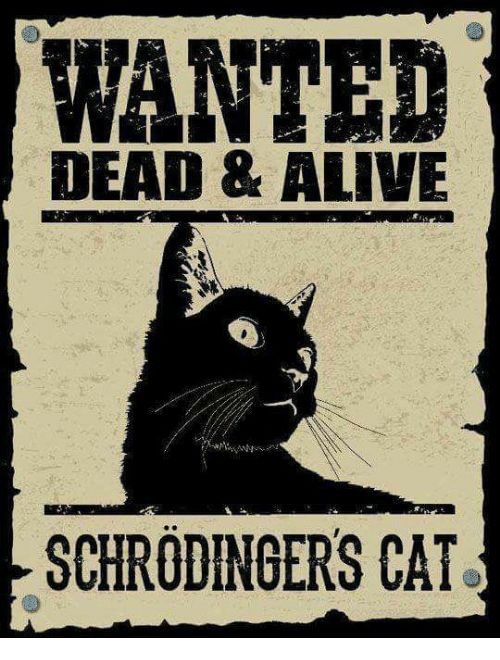
Back in the 90s, while I was still on active duty, I joined a Compuserve online forum for active and veteran military members. I remember a post by an Air Force captain retelling an incident that happened in the skies over Iraq during Operation: Desert Storm.
This occurred during the initial combat missions while the Coalition Forces were establishing air supremacy. On one mission, the captain was flight commander for about half a dozen fighters. They were flying above the clouds when his wingman reported a radar contact underneath the clouds. The IFF (Identify Friend or Foe) transponders did not indicate that these were friendly planes, so his wingman recommended attacking (which, under the rules of engagement at that phase, was the correct response).
Something about the whole thing felt off to the captain. He instructed the flight to wait for visual confirmation.
Continue reading “Ghosts in the Machine”

